Every second roof needs to be repaired before it reaches the end of its life cycle – repairs are often paid for by the owners
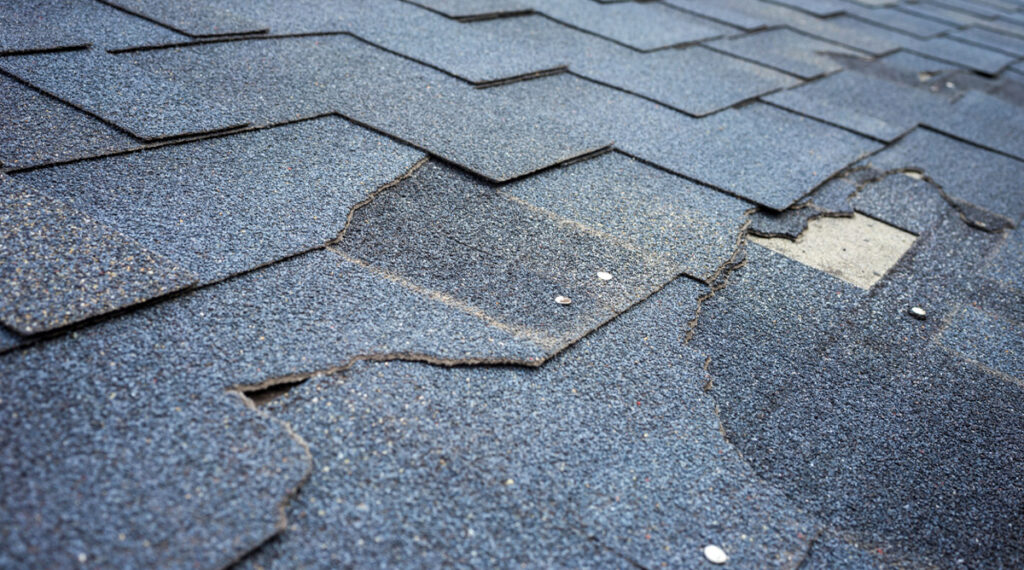
48% of roofs need to be repaired before they reach the end of their useful life. This is the opinion of Finnish experts, responsible for the condition of roofs and their repair, interviewed by the data and consulting company Kantar. Insurance often does not cover this damage.
Moisture damage is not only a problem in old buildings, occurring even in new ones
Moisture damage does not depend automatically on a building’s age: problems can occur even in new buildings. Thirty percent of the experts interviewed said that problems are first detected within two years of a building’s being commissioned.
Even if a roof has been carefully installed according to the instructions it can be damaged, and most problems do not arise as a result of installation error. Unexpected damage can be caused, for example, by a storm or high winds.
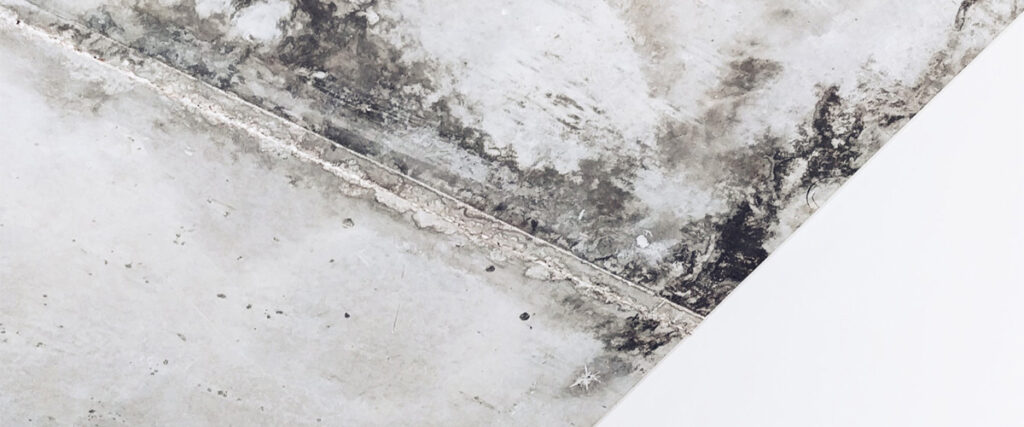
On the other hand, other building-technical installations may be carried out on roofs after the contractor has finished work: moving heavy equipment on the roof, for example, may damage the roofing material. There may also be heavy traffic on the roof for routine maintenance (clearing snow, for example), which can cause damage long after the building has been finished.
There are many causes of moisture damage besides human error. As decades pass, building methods change; what was once considered good practice may later turn out to place the building at risk.
What kinds of moisture damage have professionals encountered?
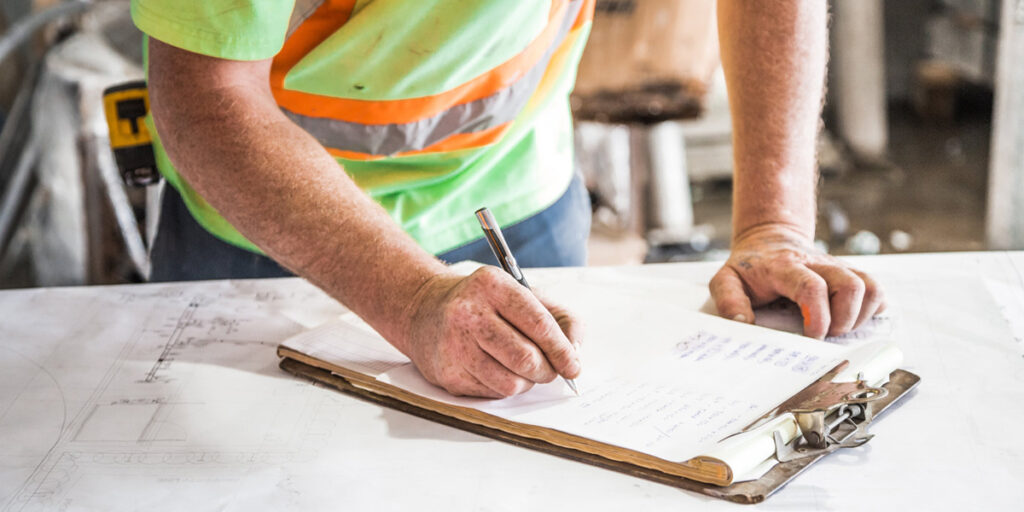
In the experience of professionals, there are many causes of moisture damage:
- Deficiencies in underlays and ventilation spaces. “The issue is a construction error, or the building style of the time is not what it should be today.”
- Seam or underlay failure.
- Damage to roof coating in ageing buildings. “There has been damage to the waterproofing, which prevents ventilation and thus moisture damage can occur.”
- Improper snow clearance. “When the snow has been cleared from the roof, when the snow isn’t removed and when icicles are removed with some kind of iron bar; these are probably the worst.”
- Leaking eaves.
- Storm damage.
- Water that has entered the structure during construction, or a water bubble that has entered the ceiling. “With good luck it hasn’t spread anywhere; with bad luck it’s necessary to pull the dividing wall completely open.”
- The room space below is over-pressurised compared to the structures above. In this situation, moisture is more likely to penetrate the structures above.
Insurance covers only part of the problem
Insurance companies will only cover roof damage caused by unexpected or unforeseen events, such as a tree falling on the roof. Hidden defects and construction faults may not be covered by insurance, and it can be difficult to get compensation. In these cases, the property owner may bear the cost.
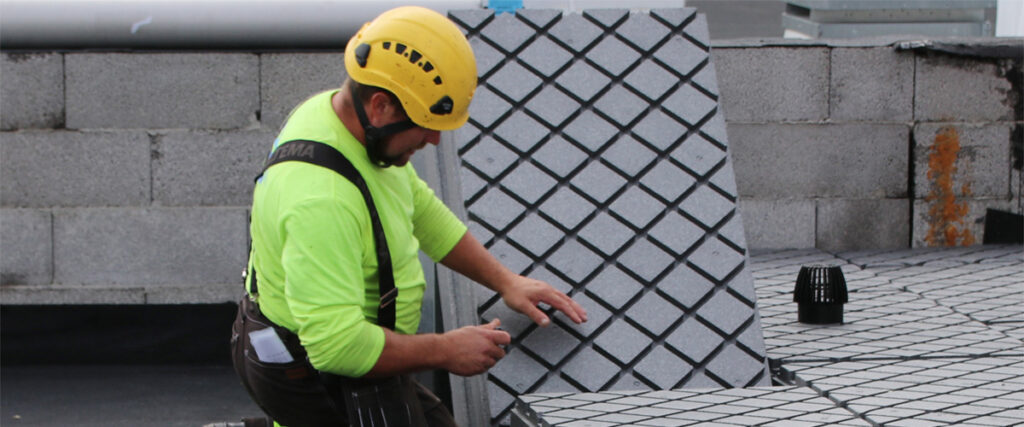
According to the study, the average cost of roof repairs for buildings of more than 1,000 m2 was estimated at 83,300 Euros. The cost of repairs is significant, especially if the entire roof has to be replaced. Costs are also much higher if the problem is addressed too late and damage has already occurred to the structures beneath the roof. Often it is difficult to detect the damage at an early stage, and the problem can spread unnoticed.
“The cost of roof repairs increases a lot if it’s done too late, but if it’s done in advance, it’s three times cheaper than doing it afterwards.”
Predictive maintenance
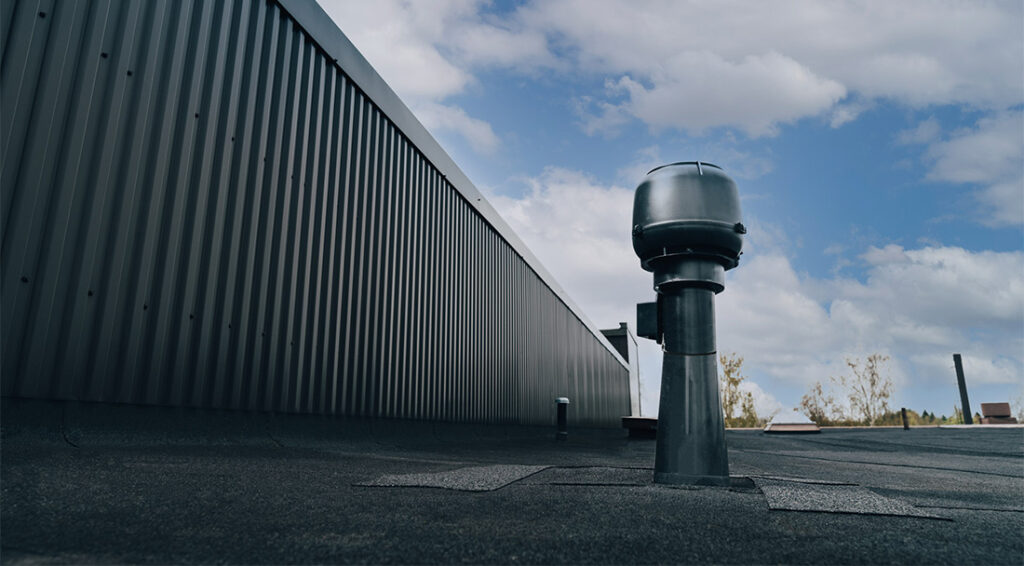
Regular inspections and maintenance keep a building in good condition. The key is to detect problems early and address them. However, moisture damage is most often not detected until it’s too late: water has already penetrated the structure, leading to laborious and expensive repairs. Just locating the leak on a roof of thousands of square metres is a challenge in itself.
The solution is an intelligent VILPE Sense system, installed on the roof or beneath the building’s floor. VILPE Sense monitors the condition of the structures and removes moisture on demand. By keeping the insulation layer and the structures as dry as possible, it significantly prevents mould or fungal growth in the structures.
With VILPE Sense, the structures in the roof or crawl space can be monitored continuously, so that any damage is detected as soon as it occurs. This saves both time and money by reducing the need for unexpected repairs. Repairs can also be targeted to the right location immediately.
Read more: vilpe.com/sense
The study was carried out in May 2020 by Kantar, who interviewed 101 decision-makers and experts responsible for monitoring the condition of buildings’ roofs and assessing potential renovation projects.
The italicised passages are quotes from industry professionals interviewed for the study.
